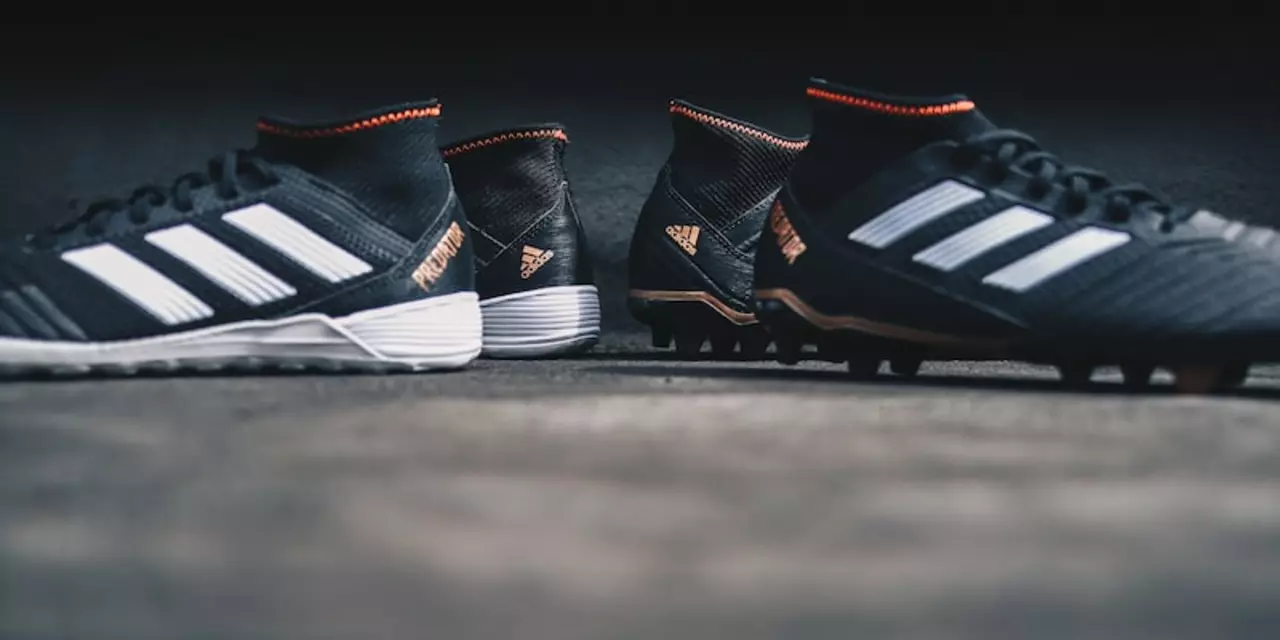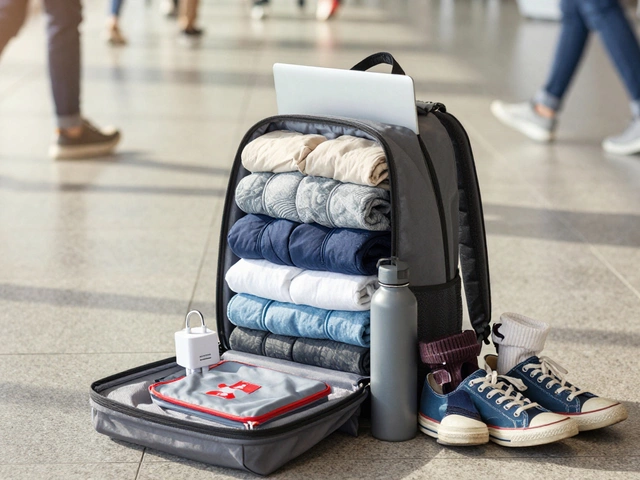Soccer Shoes Guide – Find, Fit & Care for the Best Footwear
If you’ve ever wondered why some players look faster on the pitch, the answer often starts with their shoes. A good pair of soccer shoes (or football boots) can boost your control, speed, and confidence. In this guide we’ll break down what to look for, how to size them right, and easy ways to keep them lasting season after season.
What to Look for in a Soccer Shoe
First, think about the surface you play on most. Firm natural grass favors firm‑ground (FG) studs, while softer, muddy fields need soft‑ground (SG) plates. Artificial turf calls for turf (TF) shoes with many small studs, and indoor or futsal matches require flat‑sole shoes for better grip.
Next, consider the material. Traditional leather offers a snug feel that molds to your foot, but modern synthetic uppers are lighter and water‑resistant. If you love a barefoot feel, look for a low‑profile design with minimal cushioning. For those who need extra support, a shoe with a reinforced toe and ankle collar can reduce strain.
Fit is everything. Most brands run true to size, but some run small. Try the shoe on with the socks you’ll wear in games. There should be about a thumbnail’s width of space between your longest toe and the front of the shoe. Your heel should stay in place when you walk – no slipping.Finally, think about your playing style. Attackers often pick lightweight boots for quick bursts, while defenders may prefer heavier shoes with added protection. Experiment with a few models to see which feels natural for your footwork.
Caring for Your Soccer Shoes
Keeping your shoes in shape starts with a quick rinse after each match. Use a soft brush to remove mud and let them air‑dry away from direct heat. Never toss them in a dryer – high temperatures can warp the studs and shrink the uppers.
If the shoes get a strong odor, sprinkle a little baking soda inside and let it sit overnight. For stubborn stains, a mild soap solution works fine; just avoid harsh chemicals that can break down the material.
Store your shoes in a cool, dry place and use a shoe tree or newspaper to maintain their shape. Rotating between two pairs gives each pair time to dry out and extends their lifespan.
When studs wear down, replace them promptly. Worn studs slip on wet surfaces and can cause injuries. Most reputable brands sell replacement studs that snap in easily – a quick fix that saves you from buying a whole new pair.
By choosing the right shoe for your pitch, fitting it properly, and looking after it regularly, you’ll notice better ball control, quicker sprints, and fewer foot aches. So next time you head to the field, give your feet the upgrade they deserve.
Ready to shop? Think about the surface, material, fit, and your own style. Test a few pairs, keep them clean, and you’ll be set for many winning games.
Do expensive soccer shoes make a difference?
This article examines whether or not expensive soccer shoes make a difference in performance. It cites several studies that show that performance does not improve with expensive shoes. The studies showed that players with expensive shoes had similar performance levels to those with cheaper shoes. However, the article does point out that expensive shoes do provide better protection from injury and may be more comfortable. Ultimately, the article concludes that while expensive shoes may provide a player with a slight advantage, the difference is not significant enough to warrant the extra cost.



